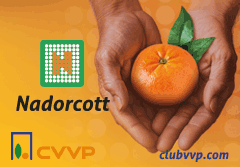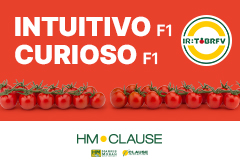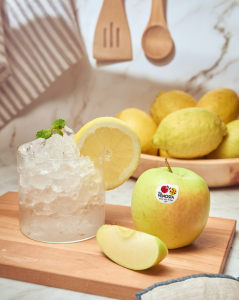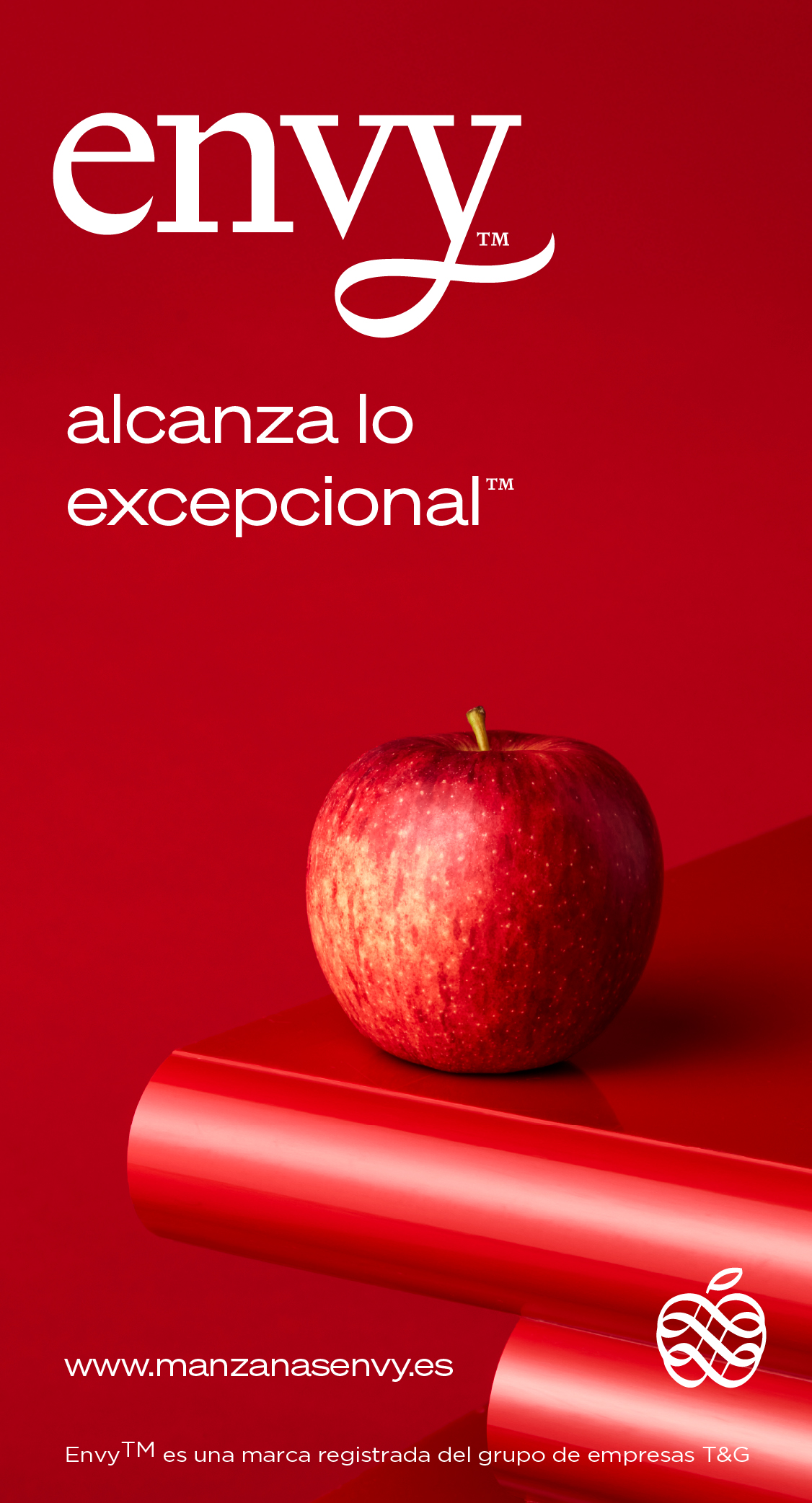However, and in spite of this, the experts do not rule out that robot harvesting could be ready to go in two or three years. This will be a great relief, as it will remove, at least partially, the dependence on human labour, a problem that is being suffered by all the producing countries and that this year, in Poland, has shown its bitterest side due to the lack of Ukrainian labour force.
Interpoma 2022 was the ideal occasion to present the current state of the different projects to the world. Peter Ferguson from Advanced.farm (United States), Elia Bruni from Aigritec (Italy), Avikahani from FFRobitcs (Israel), Chao Chen from Monash University (Australia), Hans Smits from Munckhof (Netherlands), Hunter Jay from RipeRobotics (Australia), and YanivMaor from TevelAerobotics (Israel), all took part.
The most significant advances
Some of the proposals are more advanced than others, but all of them are pursuing common goals: maximum efficiency in harvesting (they can work 24 hours a day), with a minimum impact on the fruit, and important savings in labour costs.
One of the most evolved models to date is the machine by Yaniv Maor, at Tevel Aerobotics Technologies(Israel), which works using small flying drone-robots.To develop their model, the FAR robot (Flying Autonomous Robot), Tevel is collaborating with Darwing Harvesting Group, which will also be in charge of distributing it all over the world, and with the Italian company Rovoira. Tevel’s aim is to work with 100 robots at the same time. Each drone-robot knows where all the others are and they collect data during the harvesting process. Another of its advantages is its adaptation to different crops such as nectarines, plums, pears… and the application for autonomous pruning work.
Furthermore, for avocados, Tevel has developed an application for its robot with the company Bumblebeeai that collects pollination data and optimises yield by 30%.
Advanced.farm has created a machine that harvests products as delicate as red berries with mechanical-armed robots. They have adapted this to develop machinery for apples that manages to harvest 1 piece of fruit every 2 seconds. Even though with this model, at present, a large part of the labour force may be replaced, it does not manage to collect 100% of the harvest.
The firm Aigritec seeks to increase the accuracy, improving the work of the producers, increasing the sustainability through the reduction by 70% of water use and 90% of CO2 emissions with their harvesting solutions, as well as a 40% increase in yield in the fields. “Harvesting by hand is moving on to accurate farming with robotisation and artificial intelligence. One of its advantages is the accurate and targeted application of plant protection products,” sources from the company itself explain. And the fact is that the first version of the robot proposed by Aigritec is not only for harvesting, but it can also be used for other tasks, such as fruit counting, etc.
AviKahani, from FF Robotics (Israel) is developing harvesting robots that simultaneously pick from both the left and right of each crop line, with a rate of under 5% in fruit damage. Currently, they are working to adapt the machinery to different varieties and to minimise mechanical damage, and amongst its next goals is the automated collection of containers in the fields. The company is collaborating with Automated Ag and Maf Roda.
Sources from the company MonashUni (Australia) explain that their MARS robot, one of the most efficient, can already harvest 9.5 apples per second with less than 1% of damage to the skin, and it can work in the dark, as it detects the condition of the fruit using AI.
Munckhof works with partners to optimise the development and save costs. An example of this is the adaptation of Kuka’s mechanical arm for its robot. To date, its greatest success story has been an autonomous nebulizer.
The robot prototype by Ripe Robotics has cost less than one million euros amongst the different versions that have been developed. For this campaign they expect to harvest 20,000 pieces of fruit and in 2023 they will have several robots in the fields.
Obstacles regarding robots vs. workers:
Maximising efficiency
Challenges such as robots managing to detect the apples hidden behind leaves or rising from 70% to 90% of harvesting are in the sights of the developing companies. To do this, they are applying artificial vision and are trying to fine tune the movements, for example, of the robotic arms. One of the questions being asked is the calculation as to whether it is more profitable to leave the fruit not reached by the machinery on the tree or to pick it using manpower.
Point of ripeness?
One of these obstacles is the robots’ lower capability to distinguish which fruit are ripe and harvestable and which are not. To resolve this, the ‘training’ or ‘education’ of the machines, equipped with artificial vision and big data, will allow these obstacles to be gradually overcome, sources explained.
Return on Investment
The cost of robots for harvesting is another of the barriers for companies. The initial investment is high. The machinery companies are aware of this and, for this reason, some of them are thinking about a rental model in which the price is equated to the cost that using workers would mean.
























